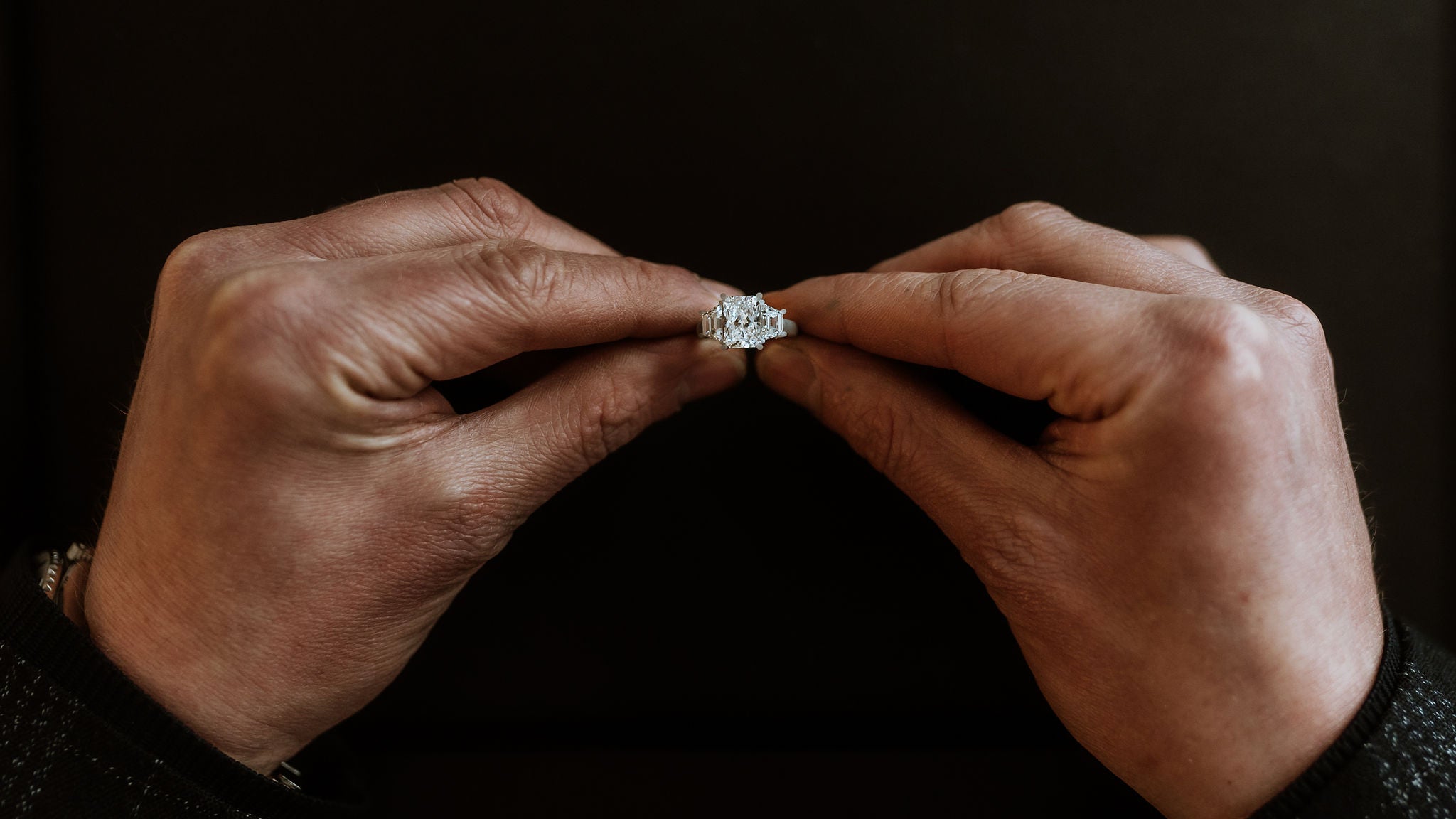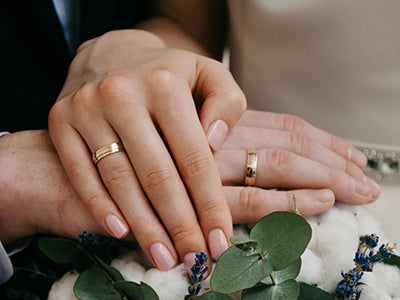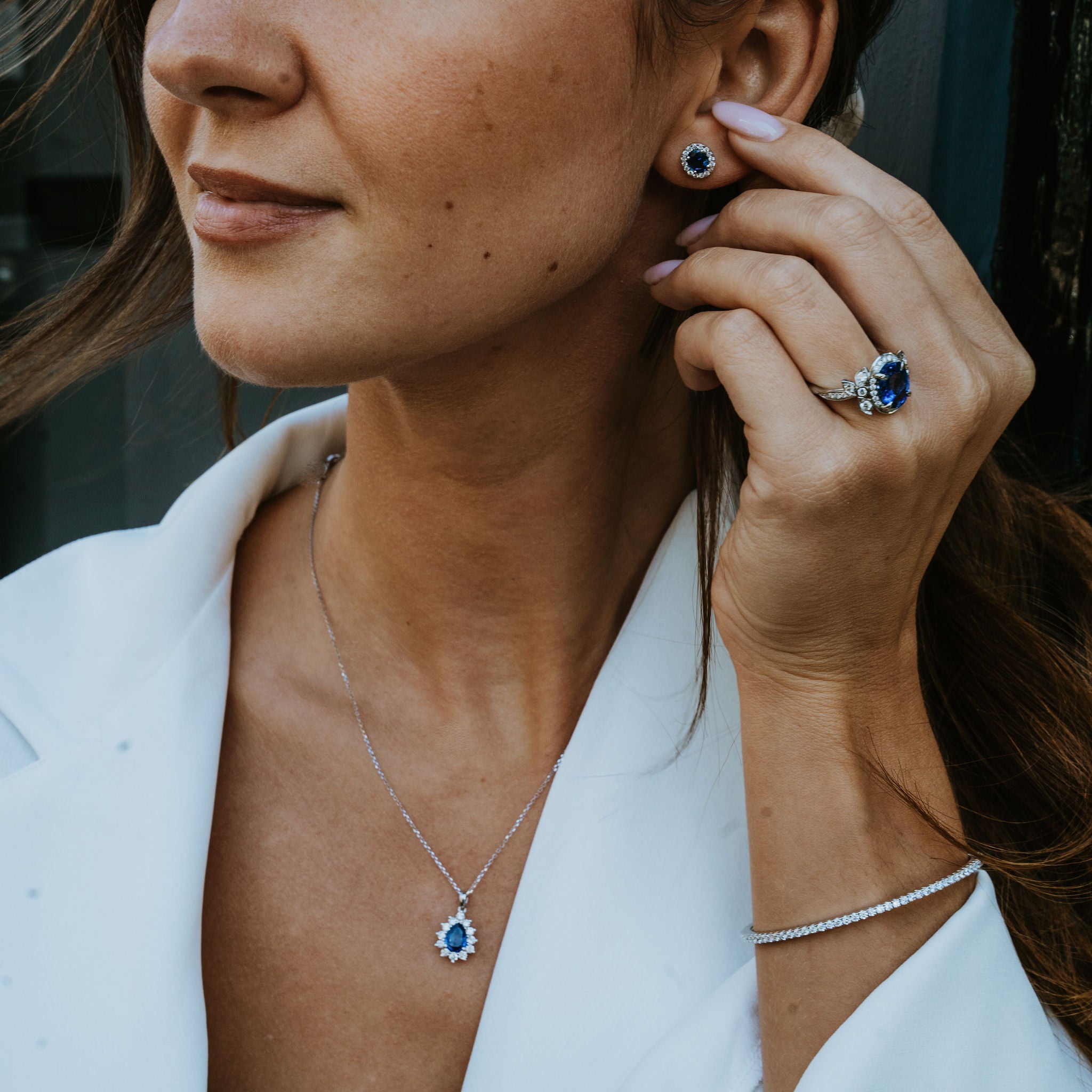 If you are looking for jewellery with gemstones, be it rings, bracelets, necklaces or earrings, the most obvious option may be diamonds. But while some love the clear, white glittering qualities of such a stone, others like to have a bit of colour in what they wear. This is especially true when looking for items to match particular outfits.
If you are looking for jewellery with gemstones, be it rings, bracelets, necklaces or earrings, the most obvious option may be diamonds. But while some love the clear, white glittering qualities of such a stone, others like to have a bit of colour in what they wear. This is especially true when looking for items to match particular outfits.
We recently wrote about emeralds and their green alternatives, but this also applies to other precious stones with a familiar colour, such as sapphires. In this case, too, there is one stand-out blue option, but there are also rather more alternatives than many will be aware of.
Why Sapphires Are Special
Sapphires have been regarded as precious stones for nearly 3,000 years and are also classed as the September birthstone. They comprise the mineral corundum, which is also what rubies are made of. The difference between the two gems lies in the other trace elements that produce the colour, which in the case of sapphires include iron and titanium.
Although not all sapphires are blue, most of them are and the aesthetic qualities of this colour are a key factor in its appeal. In some cases, the colour is uneven, which makes the more consistent, transparent blue sapphires more precious still.
However, that is not all, as corundum measures a 9 on the Mohs hardness scale, making it the next toughest thing to diamond and therefore a great option in jewellery that will be worn every day, as it will withstand plenty of wear and tear.
This factor gives sapphires and rubies an advantage over less robust gems like emeralds or quartz. However, it is the case that sapphires are more expensive than other gems. You get what you pay for, after all. But are there many alternatives for those who want something blue?
Other Blue Gems
The answer is most certainly yes. The International Gem Society lists no fewer than 37. Not all of them are less precious than sapphires, of course; you can get blue diamonds, although these do not have a high saturation when they occur in nature (although they can be made this way in a lab through heat treatment).
Not surprisingly, blue diamonds remain very precious and rare, which, as Wallace and Gromit have reminded us, is why they should be kept away from villainous penguins disguised as chickens.
Clearly, however, those looking for something a little less costly but still attractive will need to find other options. But that still leaves 35 others.
Among these are blue tourmalines. Tourmalines come in many colours, including green due to chromium (the same mineral that gives emeralds their colour). Blue tourmalines usually get their colour from iron.
Tourmalines also have an appeal as a birthstone, in its case for October, while Aquamarine is associated with March. The latter tends to be more blue-green than truly blue, although heat treatment in a lab can reduce the green element. Spinel (August) and Turquoise (December) are also among the blues on the birthstone list.
However, it is important with many of these stones to be aware of when they are well suited to use in jewellery and when they are not. For instance, turquoise can be scratch-resistant, but many specimens are not, which means it is not suited to frequent wear. Moreover, it is an opaque colour, whereas other gems offer a transparent blue like most sapphires.
The International Gem Society lists some blue gems as being specifically suited only for occasional use because of their relative fragility. These include Tanzanite, Moonstone, Iolite, Larimar, Benitoite, blue Zircon and blue Apatite.
What Matters When You Choose Your Blues
With such a long list, it is clear there are alternatives to sapphires if you want them. However, it is important to balance your choices based on the various pros and cons of each option. The variations in hardness, appearance (especially colour saturation), opacity and other issues like birthstone matches (if this interests you) are all things to consider.
When reflecting on this, it is also worth considering just why so many people investing in the most precious jewellery, things that will look great on special occasions or signify something important every day (especially engagement or wedding rings), will choose sapphires.
Their combination of stunning blue colour, transparent appearance, exceptional Mohs scale hardness and suitability for combining with other very precious stones like diamonds are all reasons to make this the gem you push the boat out for.
If blue is your favourite colour (or that of your loved one), you can then expand a jewellery collection by adding items for special occasions or more casual use that utilise other blue stones. In this way, you can keep it blue while prioritising sapphires for the most precious items of all.





